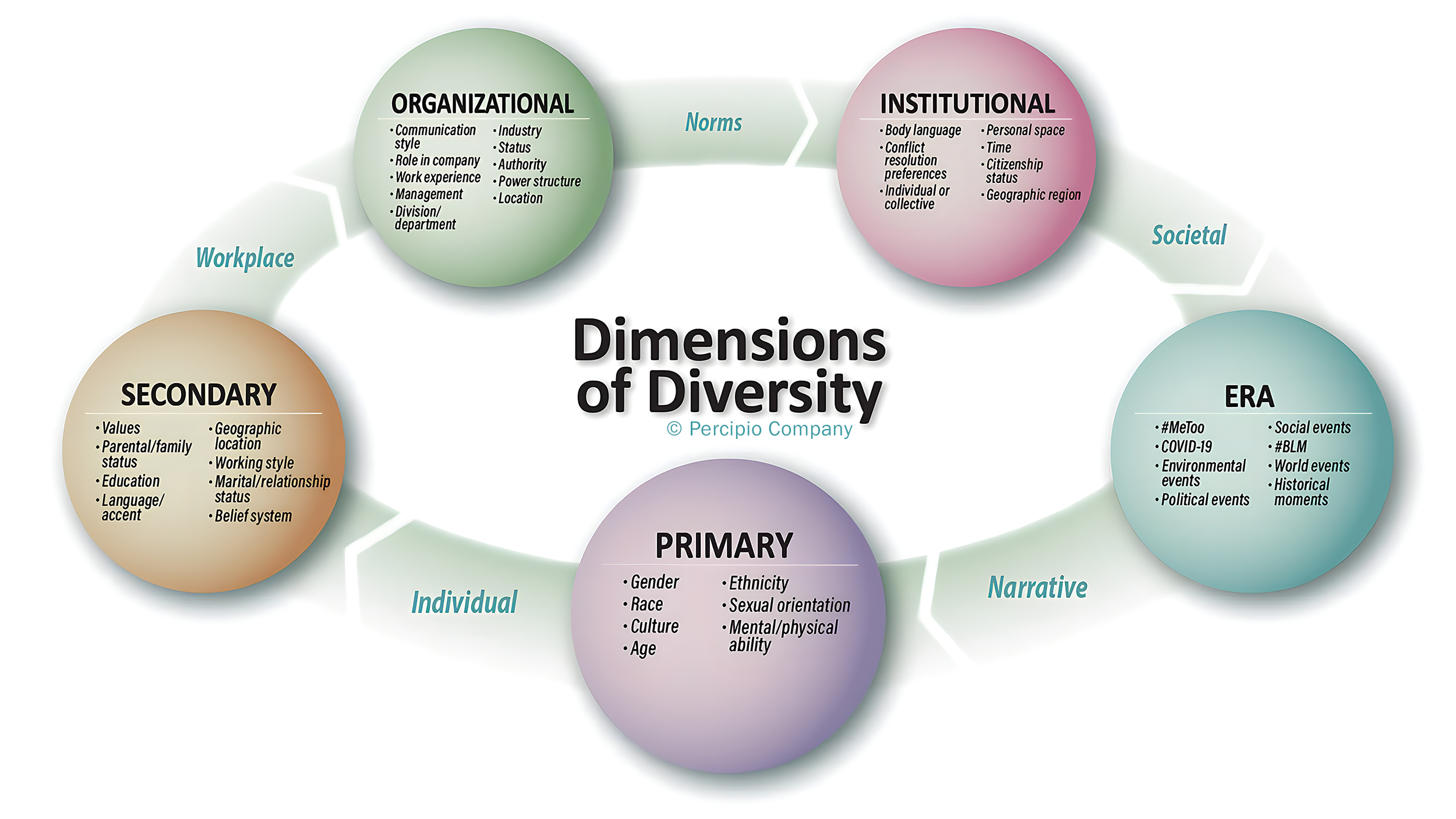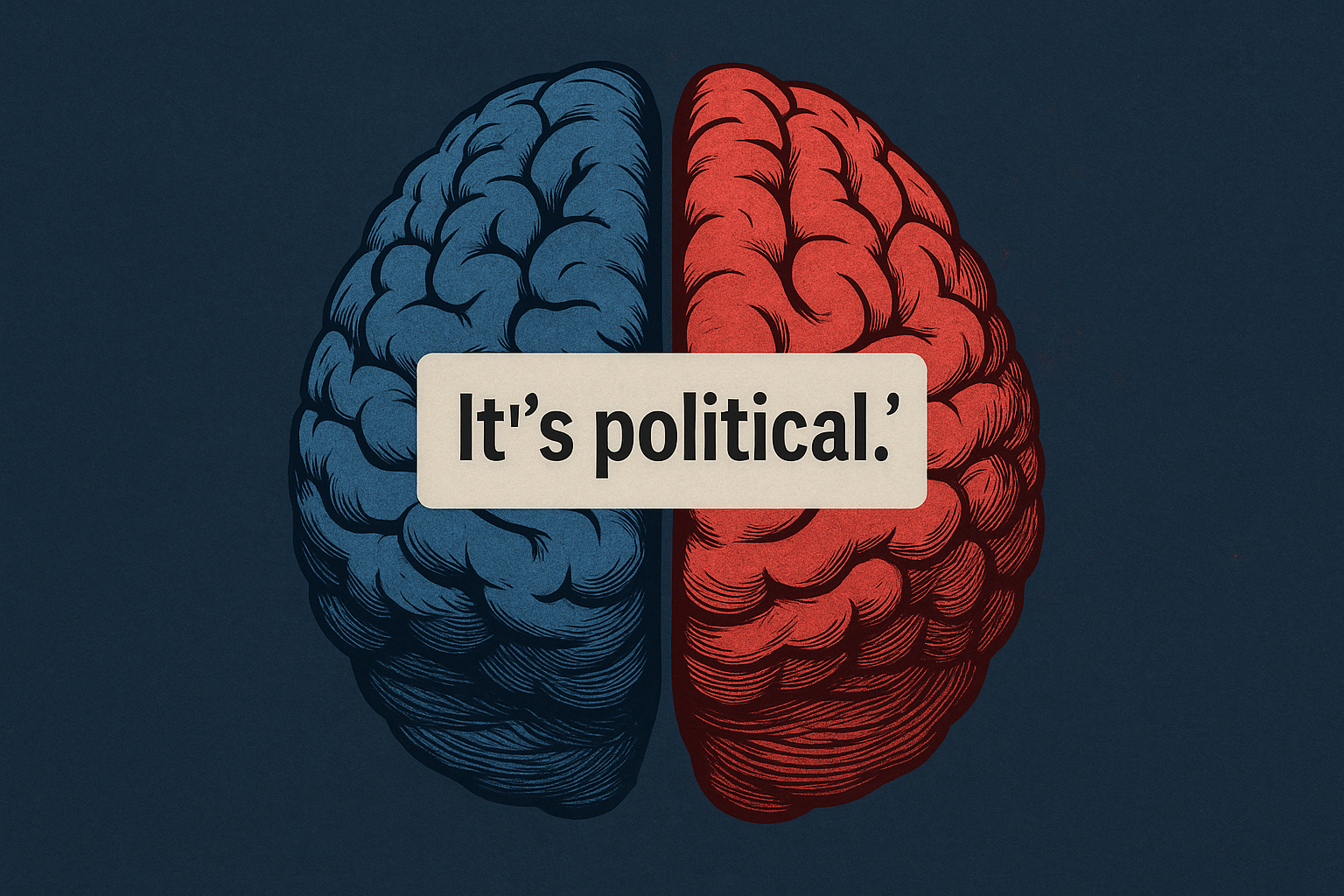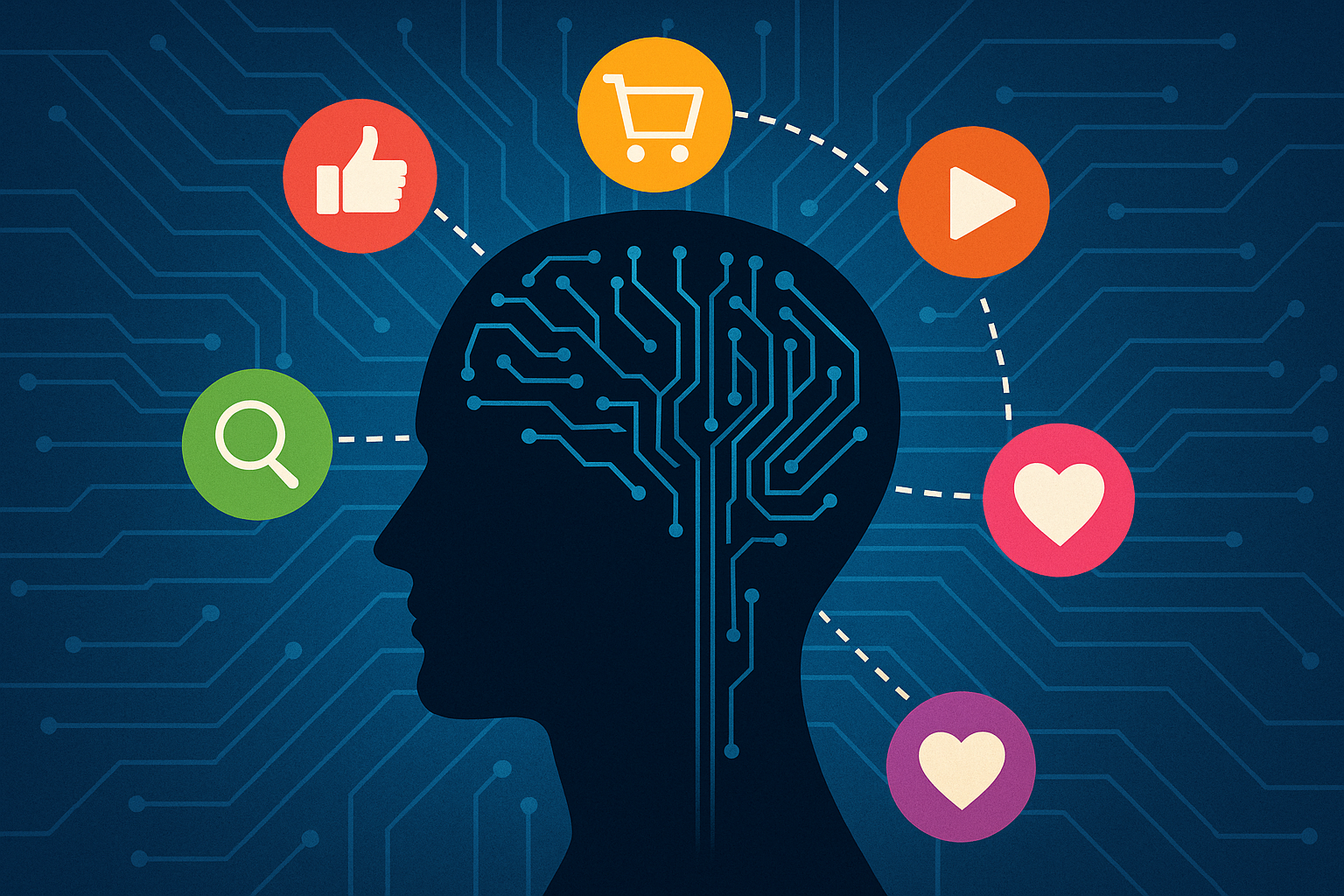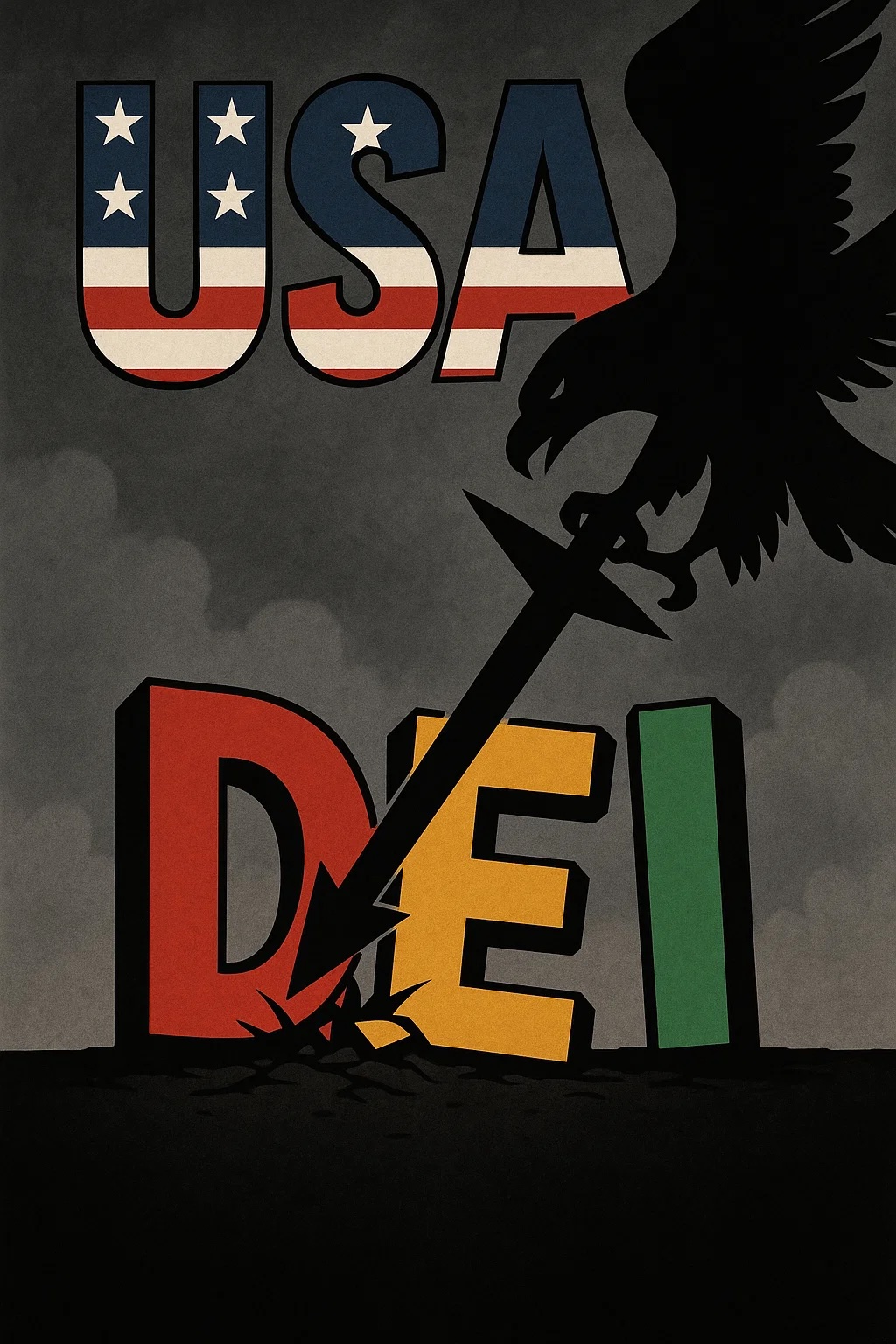“The danger of stereotypes is not that they may be true but rather that they’re always incomplete. They make one story the only story.” – Chimamanda Ngozi Adichie
Close your eyes. Picture an African-American woman. What are the first associations that you make? What do you assume about her? Now, picture a white woman. Next, a black man. A gay man. A Mexican immigrant. A progressive. A conservative. What you associate with these thoughts is intimately tied to your own experiences and your own identity. What we assume about others is born from our conscious and unconscious biases. Our brains use mental shortcuts and recent associations that frequently lead to an oversimplified and narrow view of the world. This is especially true when it comes to diversity. But it doesn’t have to be this way. When we address our own biases and our tendency to hold a binary view of diversity, we can begin to reshape our thinking, deepen our connection with others, and build better opportunities to grow at home, in the community, and in the workplace.
No one self-identifies as just one thing. Our own unique experiences shape each one of us. And we understand the many layers that make us unique, multi-faceted individuals in the world. At the same time, our brains are often hard-wired for bias, causing us to make snap-shot assumptions and judgments about others and pushing us to stereotype someone in an instant. This is what psychologists refer to as fundamental attribution error. It refers to our tendency to attribute another’s actions to their character or personality while attributing our own behavior to external situational factors outside of our control. Or, in the words of the late, great George Carlin, “have you ever noticed that anyone driving slower than you is an idiot and anyone driving faster than you is a maniac?”
Of course, our world and the many forms of media we consume exacerbate these stereotypes and perpetuate their stronghold on our brains and in society. Consciously working to push past our hard-wired biases and stereotypes enhances our own lives and the connections we make with the people around us.
Recognizing the Many Dimensions of Diversity
One of the most critical steps to pushing beyond the binary is to redefine what we mean by diversity and begin to recognize all of the layers that make a person whole. For example, some people may think of diversity as everything that is not a straight, white male. Others think of diversity as race or gender. Some think of sexual orientation. But diversity goes well beyond these singular aspects of a person’s identity; it represents all of the complex characteristics that make you, you. Yes, it includes race, ethnicity, gender, and gender identity. It also includes age, social class, physical ability or attributes, religious or ethical values system, mental and physical ability, income, marital or parental status, geographic location, national origin, political beliefs, and so much more. We must begin to recognize that diversity is not one single thing. It is the many layers of a person that make them who they are.
The Danger of Stereotypes.
If we cannot see the many parts of a person, we cannot see the person.
Because our brains are hard-wired for bias, we rarely take time to see or understand the many layers and experiences of a person before making assumptions about who they are. Instead, we often take one part of someone and make that their single story: Black, White, Asian, Native American, Mexican, Nigerian, Puerto Rican, Gay, Transgender, Immigrant, Poor.
Our tendency to look at the world through this binary lens of “diversity” limits our ability to see the breadth and depth of the world around us. The rich colors and multi-faceted orientations that make people who they are. Their language, age, culture, community, personal events, upbringing, work/life experience, relationship status, family, personal values, and more.
Stereotypes also play a hazardous role in many workplaces. Think about stereotypes associated with sales. Or marketing. With engineers or product teams. With management or human resources. Too often, we make sweeping assumptions and overgeneralizations based on a person’s role within an organization. When we reduce someone to a single story or stereotype, we flatten the many experiences and stories that make them fully human. If we cannot see the many parts of a person, we cannot see the person.
Overcoming Our Biased Brains
The truth is that when we stereotype an individual — when we get fixated on one aspect of a person — it becomes stigmatized and perpetuates that stereotype within the bias ecosystem. Even more, we rob that person of their identity, their dignity, and their humanity. We put a wedge in between them and us that focuses on our differences rather than our similarities.
If we can learn to recognize and reject a binary view of diversity, we can deepen our experiences with people from different walks of life and enhance our ability to thrive alongside our neighbors, colleagues, and community. Equally as important, we develop a more vital understanding of ourselves and each other.
To overcome our biased brains, we have to push beyond the binary, explore and address our own unconscious biases and do the hard work of empathizing, connecting with, and seeing the many layers — the whole humanity — of each individual. This is work that can transform us in profound ways.
The Work Begins By Uncovering Your Own Diversity Story
Some of the most fundamental work we can do in this space is understanding our own diversity story. We all have one. What’s yours? At Percipio Company, one of the most powerful activities we guide clients through is the practice of exploring your own personal diversity stories. We work to help you focus, reflect and give voice to that which you may have never considered. Through this process, individuals begin to recognize that they too have a diversity story; even those you might not expect. Our diversity story connects us with many other aspects people are keeping under the surface. It moves us “beyond the binary” and strengthens employee relationships.
We recognize that taking on the challenge of pushing beyond the binary and exploring the many dimensions of diversity — both within us and others — is not easy work. But it is work worth doing. Whether it be writing, defining, and redefining individual narratives or participating in self-reflective workshops, we stay with you every step of the way, navigating you through the exploration, assessment, and implementation, supporting you where you feel resistance or get stuck. This is some of the most powerful and transformative work we do with clients and the response is overwhelmingly positive.
Move Beyond the Binary, Reject Stereotypes and Celebrate Diversity
We create an environment that fosters personal, provocative, and productive work, listening deeply to all stakeholders and valuing multiple experiences, insights, and dimensions of diversity. We work with you to establish an unwavering environment of respect, dignity, and integrity for everyone and we foster an intimate and safe environment that will produce brave, constructive conversations. This self-discovery and self-exploration process allows people to explore their identities, to be seen, and to see others in a more authentic and meaningful way.
Ultimately, the future of your business is directly tied to how you as a leader embrace diversity and empower employees. It may feel counterintuitive to incorporate realness, and humanness, into our executive presence and the expectations we’ve all labored under to appear perfect, hard-working, and all-knowing – “in charge.” And yet our mistakes, epic failures, wrong turns, and successes – all can be unexpectedly instructive to others.
Once you understand the bias ecosystem and how our binary views of diversity and stereotypes impact you, you can begin to disrupt the biases personally and organizationally. The result is an increased sense of belonging, purpose, and happiness amongst employees and teams. Even more, inclusive and connected organizations increase revenues, enjoy exceptional employee performance, and more satisfied customers. Let the transformation begin.
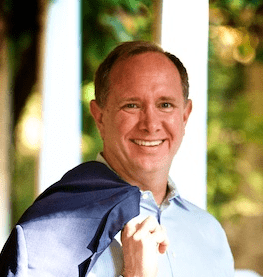
Percipio Company is led by Matthew Cahill. His deep expertise in cognitive, social, and workplace biases is rooted in the belief that if you have a brain, you have bias®. He works with executives to reduce mental mistakes, strengthen workplace relationships & disrupt existing bias within current HR processes, meeting protocols and corporate policies. Matthew has demonstrated success with large clients like LinkedIn, Salesforce and dozens of small to mid-size companies looking to create more inclusive workplaces, work smarter, generate more revenue and move from bias to belonging®.

